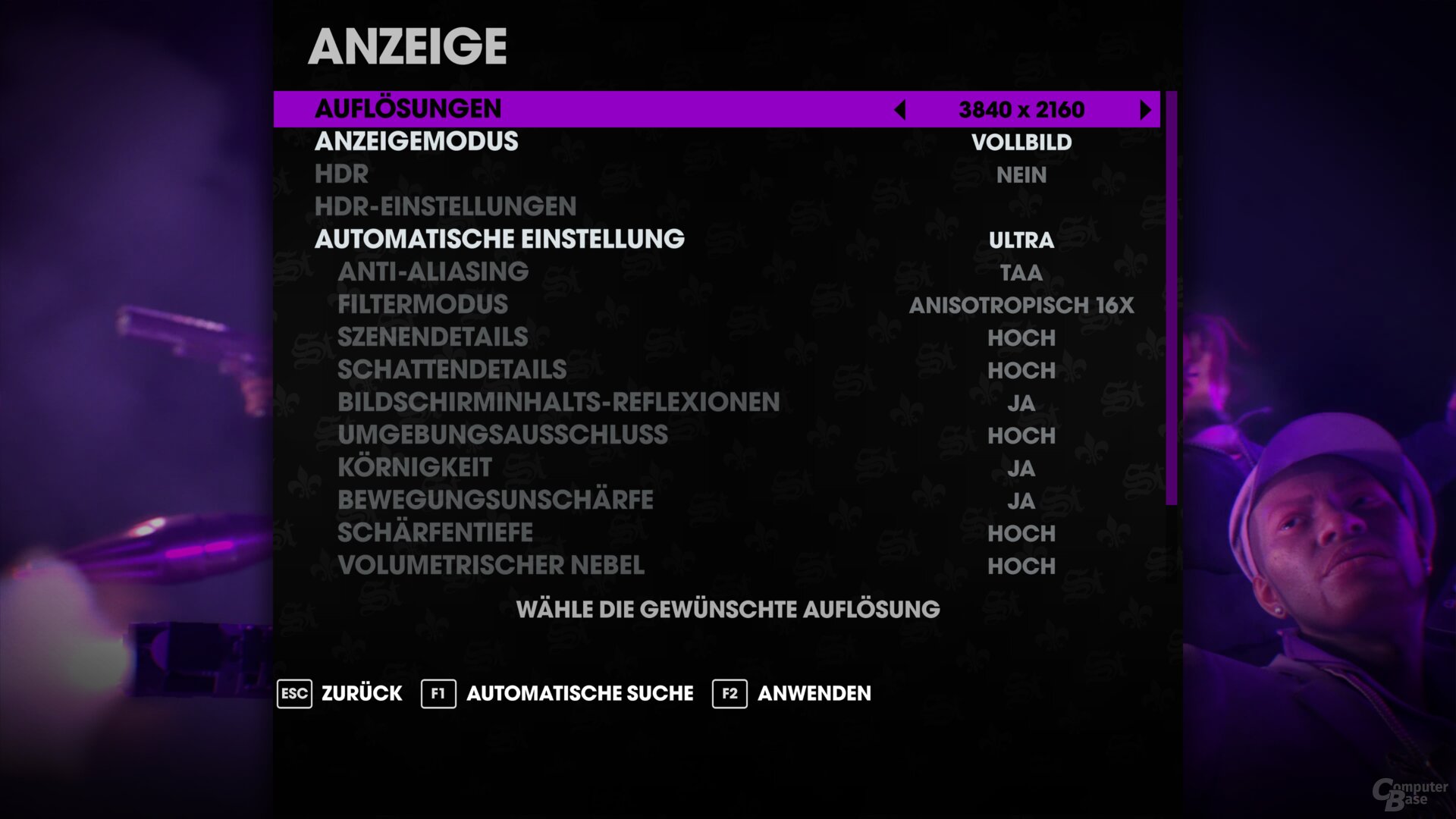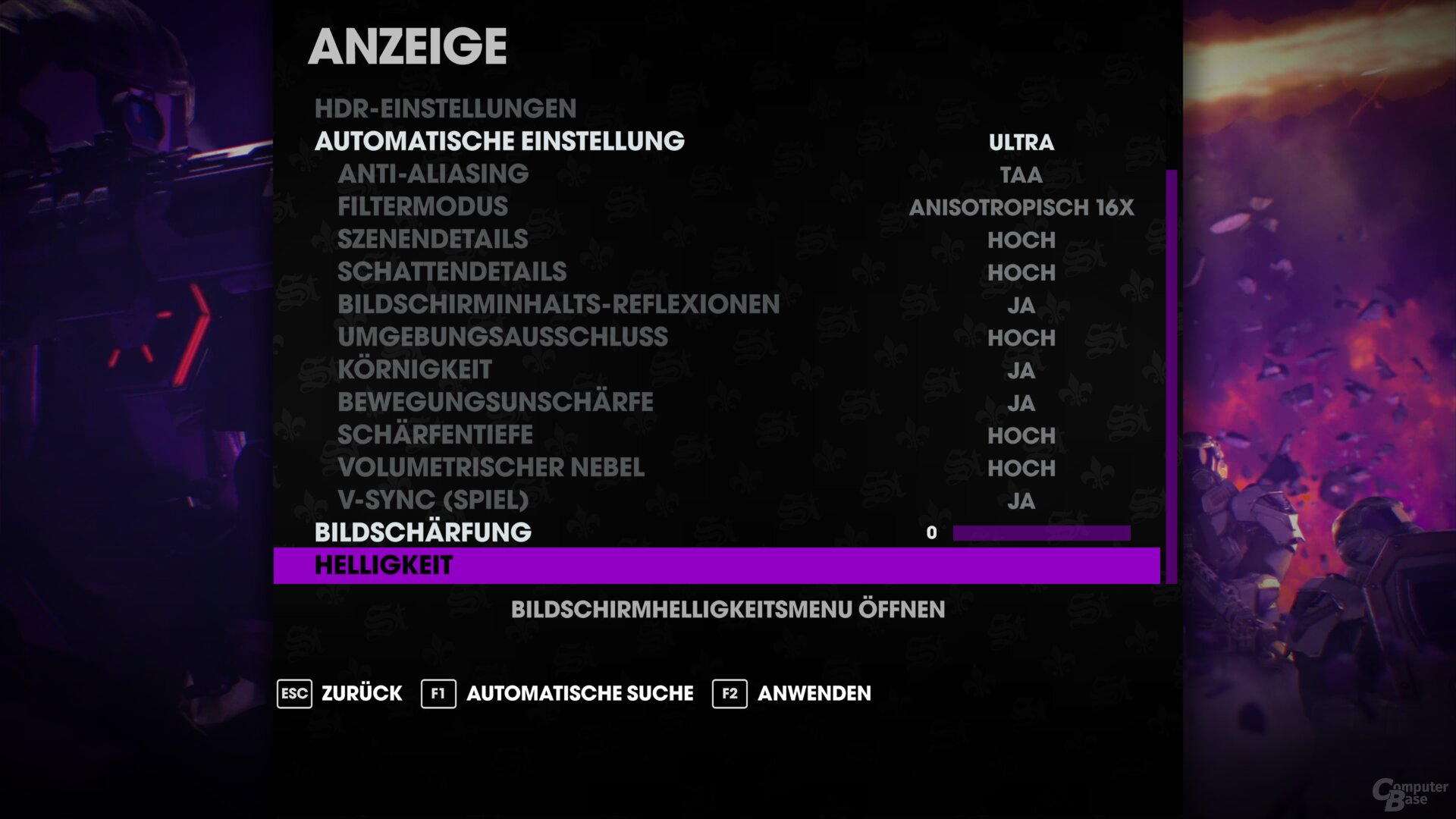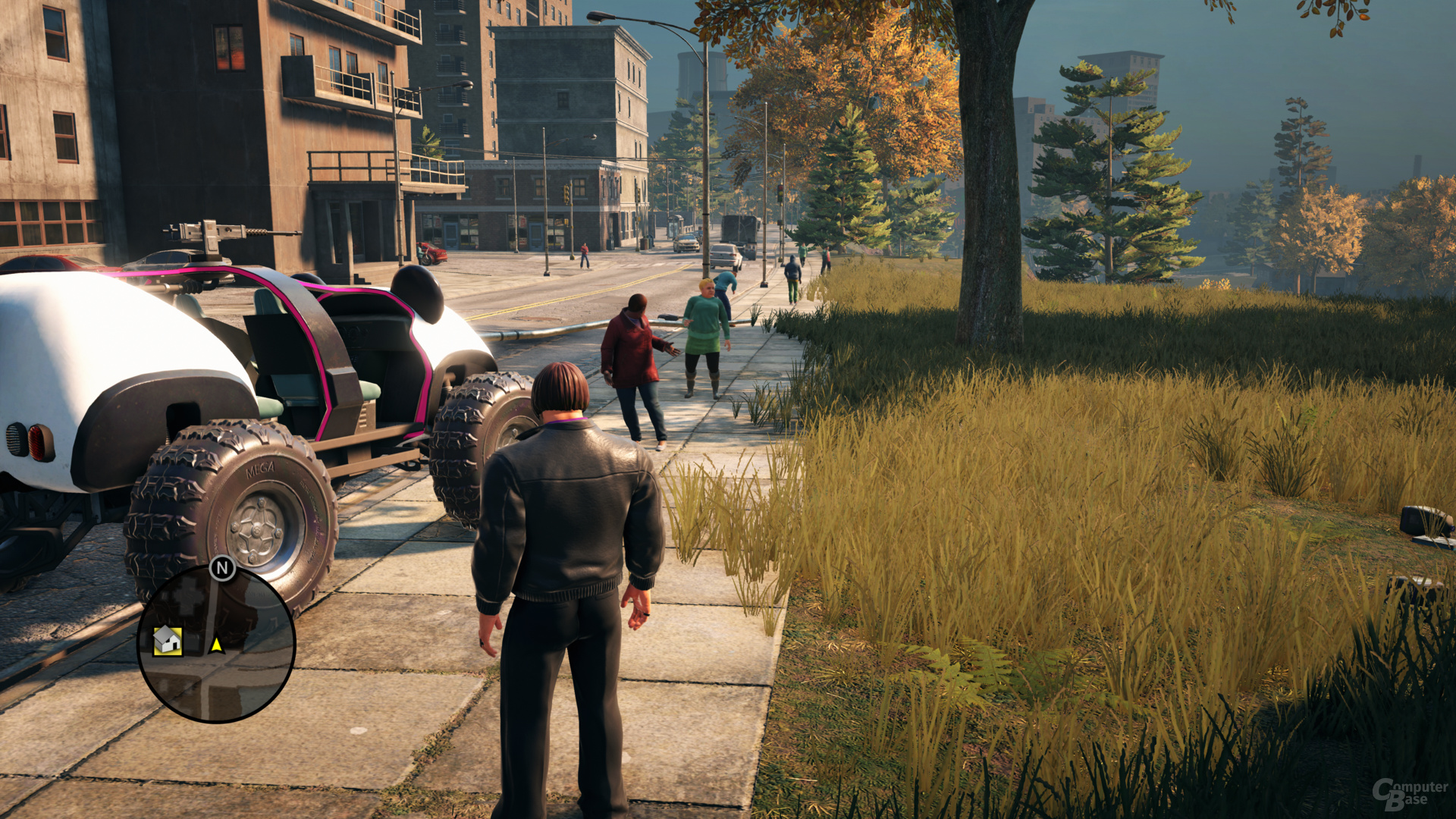Saints Row: The Third Remastered Config
: Test |CUP | Specs |Config
tl;dr: Saints Row: The Third is getting prettier. ComputerBase took a closer look at the remaster of the 2011 game and created benchmarks. In the test, the new version with its overdriven graphics can definitely please, but it also requires a reasonably fast graphics card.
May is remaster month in 2020. Because after the pimped up Halo 2: Anniversary and Mafia 2 Definitive Edition, the next remaster follows with Saints Row: The Third. THQ’s absolutely crazy action game series now comes up with better technology than the original. The test clarifies whether this is enough to pay an astonishingly high 40 euros for a game that is actually almost 9 years old.
Aged well and changed sensibly
The remaster of Saints Row: The Third relies on the same engine as the original, but the API is only DirectX 11 and no longer in addition to DirectX 9 and DirectX 10 as in the original. The style of the graphics has remained the same, but has some useful ones Changes received. The biggest differences can be found in the lighting, which is now much more consistent and better emphasizes the different times of the day in the game. In addition, numerous surfaces have been replaced, the character models revised and the effects improved – and since the latter are almost entirely in the picture, that adds up quite well.
Saints Row: The Third Remastered doesn’t suddenly turn into a pretty game, but the improvements are effective, so that hardly anyone will be bothered by the graphics in 2020 either. Saints Row: The Third Remastered looks quite good with the wacky graphic style and the new lighting, although the quality varies depending on the time of day. The game has aged and revised better than the comparable old Mafia 2 Definitive Edition, which visually falls behind.
The graphics quality of Saints Row: The Third Remaster is commendable, but the graphics menu isn’t. Because there is nothing more than the most necessary options. There are graphic presets, individual graphic options, the anti-aliasing can be configured and the image can be sharpened if desired. That was it already. Even a simple FPS limiter didn’t make it into the game.
The graphics menu of Saints Row The Third
picture 1 from 2


Four graphic presets with some big differences
The remaster of Saints Row: The Third offers four different graphics presets with “Ultra”, “High”, “Medium” and “Low” to adapt the look to your own computer. Ultra also gives the maximum possible details.
Those who switch back from ultra to high do not forego too much quality. The shadows fall back with the high setting, which now have significantly fewer details and are no longer displayed at a greater distance. In addition, the surrounding obscuration no longer works as well, but there are no other differences.

Ultra-Preset
picture 1 from 8
The middle preset, on the other hand, takes a big step backwards. Because then many details are faded out at a very short distance, which is very annoying at the latest when moving. Some objects are also left out entirely. Apart from that, little is happening, but the changes are so disruptive that, if possible, at least the High setting should be used. The low preset reduces the object details enormously and the shadows and textures also look worse.
A lot more FPS only at low details
The lower presets only bring a little more performance to Saints Row: The Third. If you switch back from the maximum ultra details to high, you will get 9 percent more FPS on a Radeon RX 5700 XT 6 and on a GeForce RTX 2070 Super. The middle preset then brings a further 19 or 16 percent. High is not worth it at all and even means just have a noticeable effect. Of the frame rate, only the low preset would be really worthwhile, as it increases the frame rate by 31 percent compared to the medium setting.
Presets – 3.840 × 2.160
Low preset
Medium preset
High preset
Ultra-Preset
Low preset
Medium preset
High preset
Ultra-Preset
A decent, but fuzzy anti-aliasing
Saints Row: The Third Remastered comes with a completely different anti-aliasing than the original. The resource-guzzling and nowadays often ineffective MSAA was exchanged for the post-processing effects FXAA and TAA. TAA is the mode of choice because it processes the entire image with the temporal component. In high resolutions, the picture is virtually flicker-free and remains sharp. In low resolutions such as Full HD, the graphics are significantly calmer, but are not flicker-free. In addition, the image in 1,920 × 1,080 clearly loses its sharpness. The in-game focus control or AMD’s RIS or Nvidia’s GIS can provide a useful remedy here.
“Graininess” is a problem
The “graininess” graphic effect is intended to create a film-grain effect over the image. The effect of this function is catastrophic, however, in 1,920 × 1,080 it is completely useless. Because then the grain effect is so coarse that it simply looks like a graphic error. And even in 2,560 × 1,440 the grain effect still looks a bit strange. The function can only be used meaningfully in 3,840 × 2,160. Accordingly, it is advisable to switch off the effect throughout.
On the next page: GPU benchmarks and frame times















